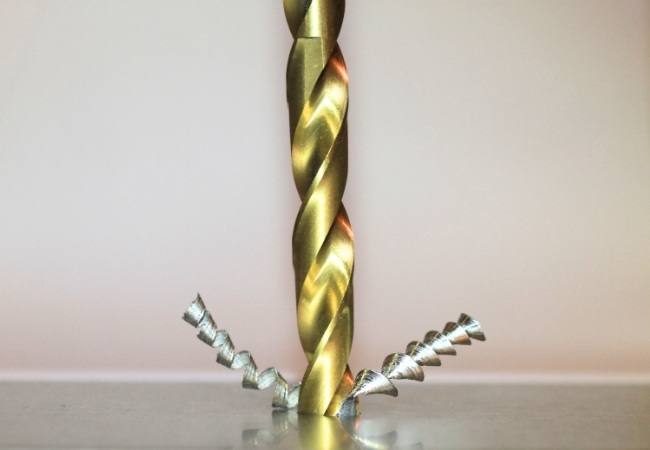 Drills are integral to CNC machining production, where accuracy and efficiency are critical. Capable of machining a wide range of materials such as metals and plastics, each type of drill has different functions and unique structures.
Drills are integral to CNC machining production, where accuracy and efficiency are critical. Capable of machining a wide range of materials such as metals and plastics, each type of drill has different functions and unique structures.
This guide will detail 12 common types of drill bits. By understanding the unique features of each drill bit, you will be able to make informed choices that will improve productivity and product quality.
What Is Drill Bits?
Drill bit is one of the most commonly used machining tools in machining. It can accomplish the processing of many types of holes, such as drilling through holes, reaming, blind holes, stepped holes, chamfering and so on.
Drill bits are made from materials such as carbide steel, cobalt-containing high speed steel, tungsten steel and powder metallurgical high speed steel. Drill bits require the use of equipment such as drilling machines, CNC machining centers and lathes to perform the hole forming action.
8 Types Commonly Used Drill Bits
1.Twist Drill
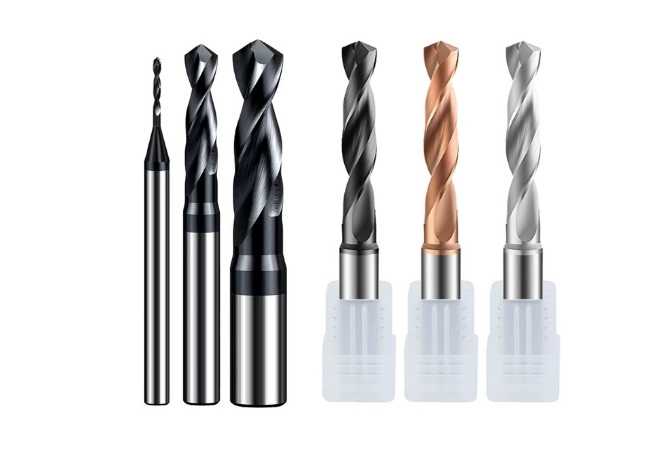
The twist drill is one of the most common drills with a helical shape (30 ° ). It is suitable for drilling a wide range of materials such as aluminum, copper, and non-metals (POM/PEEK/Nylon).
- Structural Characteristics
Spiral Flutes: extend along the length of the bit for chip removal and cooling.
Drill Tip: Usually at an angle of 118° or 135° for easy positioning and cutting.
Main Cutting Edge: Located at the front edge of the helical groove, it is responsible for most of the cutting work.
Secondary Cutting Edge: Located on both sides of the drill tip, it assists cutting and improves machining quality.
Drill Body Diameter: Ensure that the holes are drilled to a consistent diameter.
Guide Section: stabilizes the direction of the drill and reduces vibration.
- Pros
Versatility: Suitable for a wide range of materials and shapes of holes.
Efficient Chip Removal: The spiral groove design helps to remove chips efficiently.
Easy to Operate: Suitable for all kinds of processing equipment, easy to operate.
- Usage Scenarios
Electronics Industry: for printed circuit boards and connectors to reduce burrs and improve connection reliability.
Aerospace: Machining of fuselage structures and engine components to meet high precision requirements.
Automotive Manufacturing: applied in engines and aluminum alloy bodies to ensure assembly precision.
Medical Devices: surgical instruments and implants are processed to ensure high cleanliness and precision.
2. Center Drill
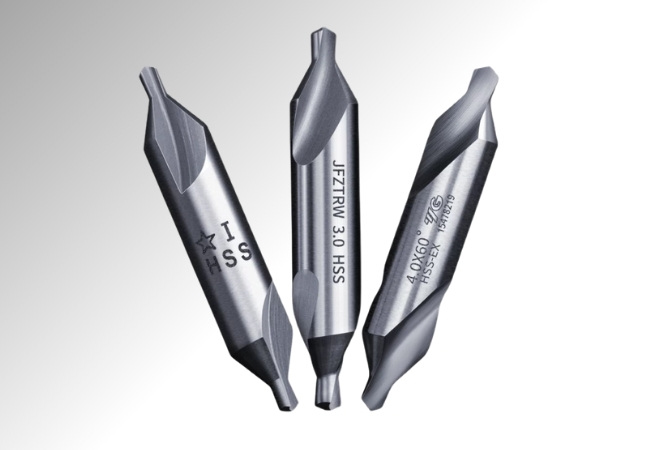
Center drills are used for high-precision positioning on lathes and other applications where high-precision positioning is required.
- Structural Characteristics
Short and Sturdy: Center drills are usually short to increase rigidity and stability, reduce vibration, and ensure high-precision positioning.
Compound Angle: The front tip angle is usually 90 or 120 degrees for precise positioning; the larger angle at the rear end is used for cutting material.
Center Tip: The tip is designed to be sharp to help start drilling accurately on the surface of the workpiece.
- Pros
High-Precision Positioning: The center drill is designed to make accurate positioning holes in the workpiece to ensure the accuracy and quality of subsequent machining.
Reduced Vibration: The short structure reduces vibration at high rotational speeds, contributing to improved surface quality of the workpiece.
Multi-Purpose: Suitable for lathe, milling machine and other various processing equipment, can meet the positioning needs of different workpieces.
- Usage Scenarios
Machining: Commonly used for positioning holes in machining, such as positioning holes for locating pins.
Mould Manufacturing: Used for locating holes on moulds to ensure accurate positioning and machining quality of the moulds.
Aerospace: For the machining of components in the aerospace field that require high positioning accuracy.
Medical Devices: Used for positioning holes in medical devices to ensure the precision and reliability of the devices.
3. Step Drill
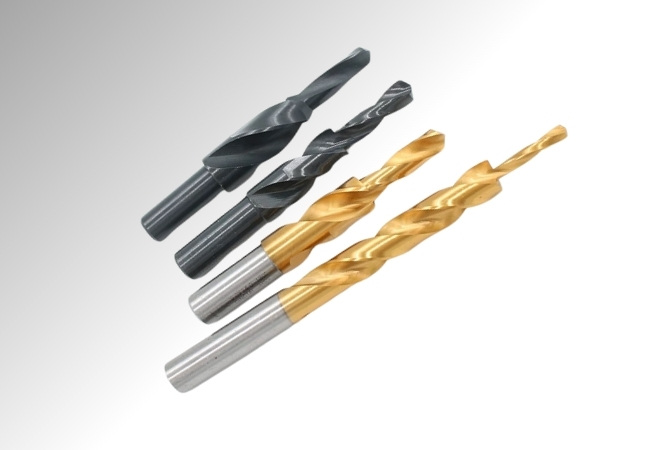
Step drills have a stepped structure with multiple diameters, which allows drilling holes of different diameters at one time and is suitable for processing thin plates.
- Structural characteristics
Step Design: Step drills have a multi-diameter step structure, with each step corresponding to a different diameter hole, enabling them to drill holes of different diameters at one time.
Center Tip: Step drills usually have a tip in the center for initial positioning and guiding the bit.
Main Cutting Edge: Each step has a cutting edge for cutting holes of the corresponding diameter.
- Pros
One Time Molding: The design of the step drill enables it to finish several holes of different diameters at one time, which improves the working efficiency.
Versatility: A single step drill bit can replace several conventional drills of different diameters, reducing tool inventory and management costs.
Reduced Tool Change Time: Using a step drill reduces tool change time, increasing machining efficiency and reducing costs.
- Applicable Scenarios
Processing of Thin Plates: Step drills are commonly used for the processing of thin plates, e.g. in the installation of electrical control boxes for mounting terminals and connectors.
Electrical Assembly: During electrical assembly, step drills allow for fast and accurate drilling, increasing productivity.
DIY and Repair: The convenience and versatility of step drills make them widely used for DIY projects and repair work at home and in the workshop.
4. Countersinking Drill
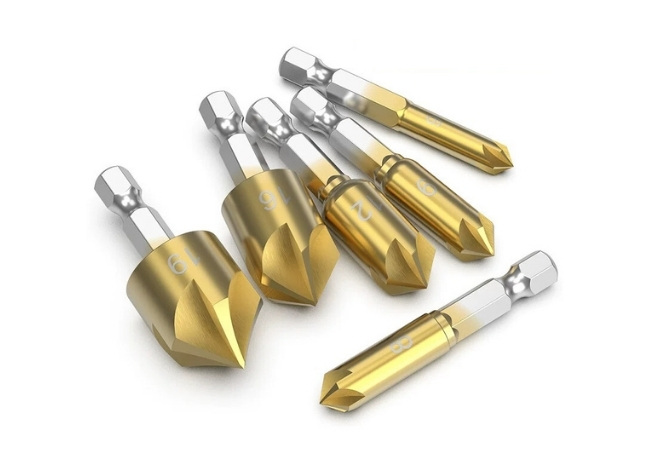
Countersinking drills are used for countersinking of holes and are suitable for making countersunk screw holes with their main characteristics of removing burrs and chamfers from the holes.
- Structural Characteristics
Countersinking Angle: Usually 82 or 90 degrees for deburring and chamfering of holes.
Guide Section: Used to stabilize the drill position and ensure accurate machining.
Main Cutting Edge: Located at the front edge of the drill, it is responsible for removing material and chamfering.
- Pros
Deburring and Chamfering: The design of the countersink enables efficient deburring and chamfering of holes, improving the quality and aesthetics of the holes.
High-Precision Countersinking: Countersinking ensures that the head of the screw is flush with the surface of the workpiece, improving the quality and efficiency of the installation.
Suitable for a Wide Range of Materials: countersinking drills are suitable for countersinking a wide range of materials such as metal, wood and plastics.
- Applicable Scenarios
Manufacture of Countersunk Screw Holes: Countersinking drills are commonly used for the machining of holes that require countersunk screws, such as in furniture manufacturing.
Hole Deburring: After sheet metal machining, countersinks are commonly used to deburr holes and improve the quality of the holes.
Chamfering: In the processing of plastic products, chamfering is carried out using countersinks for smoother edges.
5. Taper Drill
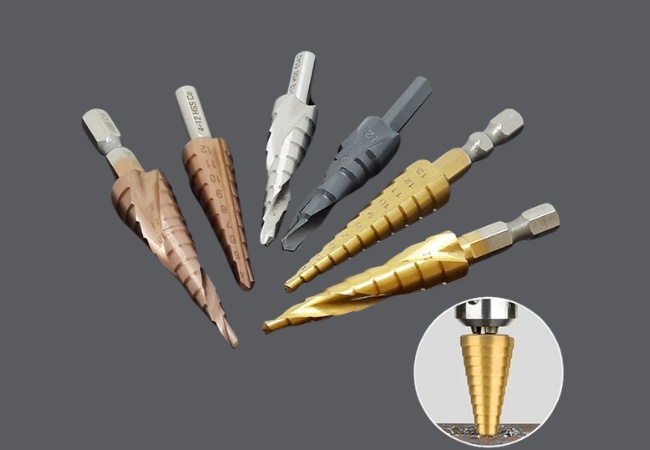
Tapered drills are used to machine tapered holes for applications such as reaming and chamfering. One of the best tools for machining mold feed ports.
- Structural Characteristics
Tapered Design: Tapered drills have a tapered body and are suitable for machining tapered holes.
Drill Tip: For initial positioning and cutting to ensure machining accuracy.
Main Cutting Edge: Gradually expand the hole diameter to realize the purpose of gradual reaming.
- Pros
Step-by-Step Reaming: Due to the design of the main cutting edge, it is suitable for precision reaming applications that require step-by-step enlargement of the hole diameter.
Efficient Chamfering: The design of the conical drill makes it suitable for chamfering, which improves the surface quality and aesthetics of the workpiece.
Versatility: Because the conical drill can be adapted to the processing of holes of different diameters, it has strong versatility.
- Applicable Scenarios
Reaming: Commonly used in metalworking, such as when an existing hole needs to be enlarged.
Chamfering Treatment: Applicable to mechanical parts and other workpieces that require chamfering treatment, which improves the surface quality while facilitating subsequent assembly and use.
6. Reaming Drill
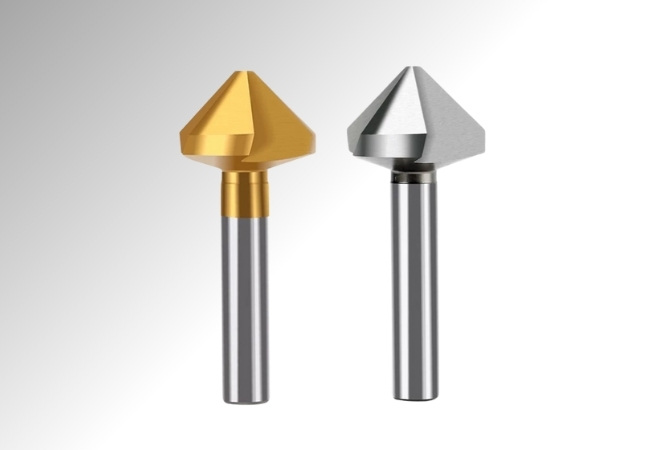
Reaming drills are used to enlarge the diameter of existing holes, improve the accuracy and surface finish of the holes, and are suitable for precision machining of metals and hard materials.
- Structural Characteristics
Multi-Edge Design: Usually has two or more cutting edges for improved machining accuracy and surface quality.
Straight or Spiral Grooves: optimize chip removal and cooling, maintain stable tool and workpiece temperatures.
Guide Section: for ensuring stability and precision during machining.
- Pros
High Precision: Improve the dimensional accuracy and surface finish of the holes, suitable for processing requiring higher precision.
Reduced Error: Multi-flute design and progressive cutting can reduce machining error and improve machining quality.
Wide Range of Applications: suitable for a wide range of materials, including metals and hard materials.
- Applicable Scenarios
Precision Hole Machining: For example, in the manufacture of high-precision bearing housing holes, reaming drills ensure that the size and surface quality of the holes meet the requirements.
Bore Adjustment: Bore adjustments are made to the part before assembly to ensure that the part can be installed correctly.
Repair Machining: Used to repair dimensional errors in machined holes to improve part accuracy and availability.
7. U Drill
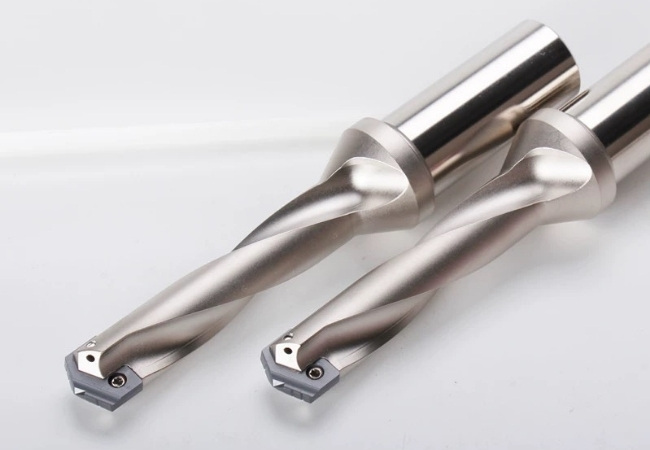
U drills, also known as indexable insert drills, are a type of drill bit commonly used in CNC machining for drilling holes efficiently. The “U” in U drills typically refers to their U-shaped flutes, which are designed to optimize chip evacuation during the drilling process.
Features:
- Straight Groove Design: The groove shape is straight and wide, which contributes to fast chip removal, especially in deep hole drilling.
- Sharp Drill Tip: Provides good centering ability and ensures drilling accuracy.
- Versatility: A wide range of materials can be processed, from soft metals to hard plastics.
Applicable Scenarios:
- Metal Processing: Suitable for all kinds of metal materials, such as aluminum, copper and its alloys.
- Wood Processing: It can be used for fast drilling of wood to improve working efficiency.
- Plastic Products: Processing of various plastic parts, especially PVC and polycarbonate, etc.
8. Gun Drill
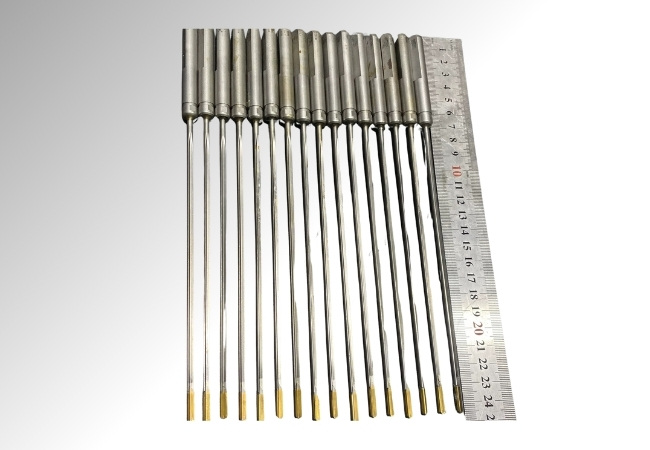
Gundrills are drills designed for deep hole drilling with a unique head and a long shank that allows drilling of deep holes without offset.
Features:
- Deep Hole Drilling: Holes up to tens of times their length can be drilled efficiently.
- High Accuracy: Guaranteed hole diameter and positional accuracy.
- Self-Contained Cooling System: Gun drills are often designed to include an internal cooling system.
Applicable Scenarios:
- Aerospace and Automotive: Manufacturing precision deep holes in engine components.
- Heavy Machinery: Drilling deep holes in heavy sheet metal.
- Medical Device Manufacturing: Drill precise deep holes in medical device components.
Conclusion
As a key cutting tool, drills are widely used in drilling and machining of various materials. By understanding the characteristics and application scenarios of different types of drills, you can significantly improve machining efficiency and product quality.Tirapid has accumulated extensive machining experience in CNC machining. Our mechanical engineers are skilled in using various specifications of drills, contact us to share more guidelines with you.
FAQs
Can drills for machining metals and non-metals be used interchangeably?
Not necessarily. Drills that work on metal can be used to work on non-metallic materials, but drills that work on non-metallic materials can’t necessarily work on metal.
How to prevent the drill bit from slipping during machining?
Use a center punch to pre-punch a small hole in the material to help position the drill. Choose the right jigs and fixtures to ensure the material remains stable during machining.
How to extend the service life of the drill bit?
Regularly inspect and sharpen drill bits to maintain their sharpness. Select the appropriate type and material of drill bit according to the machining material and process requirements.
